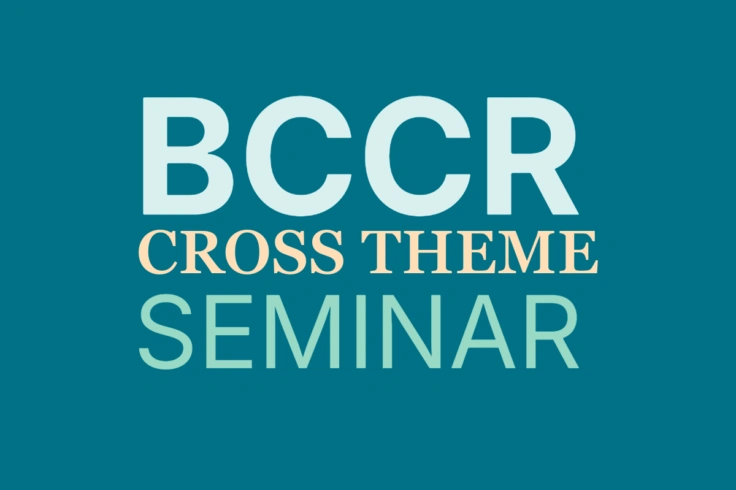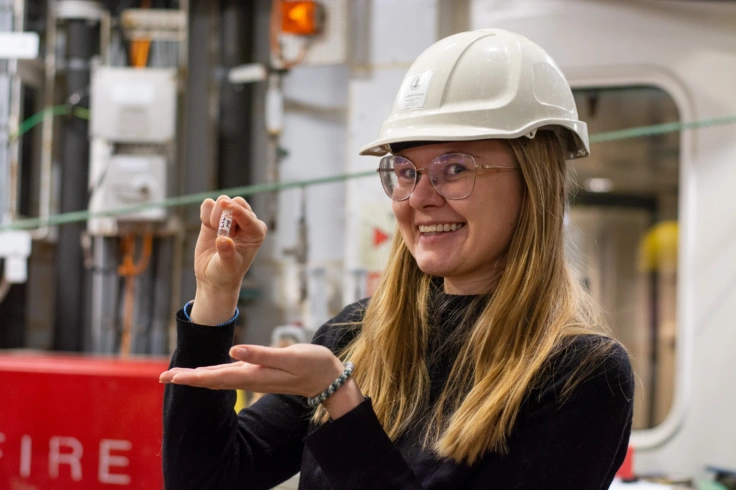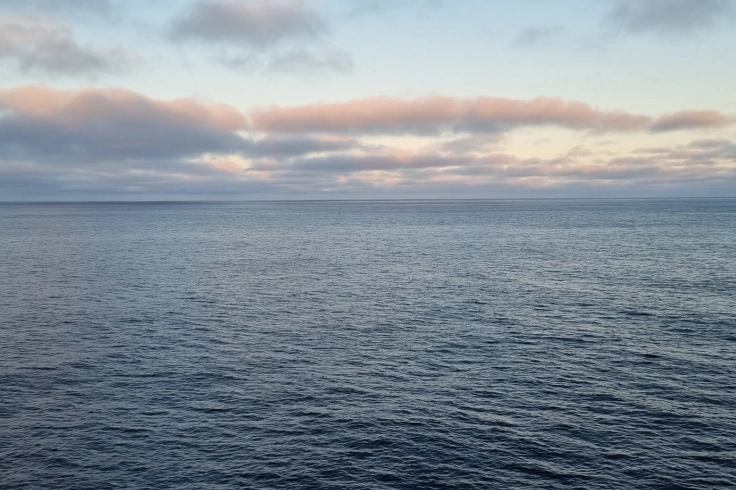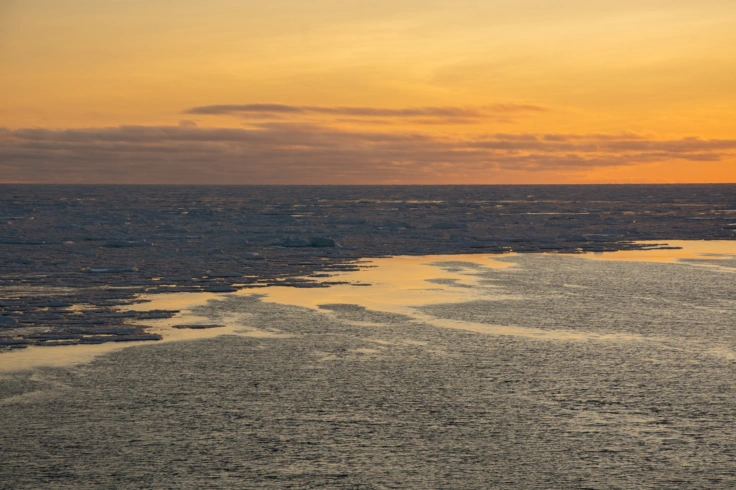
Global Carbon Budget 2025: Global carbon emissions from fossil fuels are projected to rise by 1.1%
Read moreFind an Expert
Our researchers are employed either at NORCE, UiB, the Nansen Center or the Institute of Marine Research. The researchers work together across various scientific disciplines. Find researchers with backgrounds in meteorology, oceanography, geology, geophysics, biology and mathematics, among others.
Projects
Researchers at Bjerknes are involved in several projects, both nationally and internationally. The projects are owned by the partner institutions, with the exception of our strategic projects.
Publications
Researchers at the Bjerknes Center publish more than 200 scientific articles each year.
Calendar
Se alle
08.12.25
Bjerknes X-theme seminar. Fieldwork
Dear all, Next Monday, December 8th, will be our next X-theme seminar. The topic will be “Fieldwork”, presented by Ella Walsh, Håkon Sandven, Willem van der Bilt and Joseph Gaudard. From Global, Ella Walsh will present on "Looking back through the Middle Stone Age: fieldwork in Klasies River Cave, South Africa" . From Polar, Håkon Sandven will present “Optical field measurements in the Arctic". From Hazards, Willem van der Bilt will present “Hunting for evidence of past tsunamis in the world's biggest fjord”. From Carbon, Joseph Gaudard will present “The journey of Data: from mountain tops to data papers”. We hope to see you there! Best regards, Fiona, Johannes, Julia and Robin Zoom details https://uib.zoom.us/j/62554083320 Password: bScc54hk!

09.12.25
Bjerknes Climate Prediction Unit seminar 9 December
Bjerknes Climate Prediction Unit Seminar Date: Tuesday 9 December 2025 Time: 13:00-14:00 Place: In person: Bjerknes lecture room 4020 (Jahnebakken 5, top floor) Online: Zoom Program: 13:00-13:20 RA1/RA3: Erik Kolstad (NORCE & BCCR): Causal oceanic feedbacks onto the winter NAO 13:20-13:40 RA2/RA3: Yiguo Wang (NERSC & BCCR): Modulation of decadal prediction skill 13:40-14:00 RA4: Edson Silva (NERSC & BCCR): A new service on prediction of salmon lice with ML 14:00- Mingling and Open Agenda (for those who wish to share or discuss) *RA stands for Research Area This informal discussion space is open to all Bjerknes members and guests. Please feel free to join us and we welcome contributions from all. Best regards, Mariko On behalf of the Bjerknes Climate Prediction Unit leader group

09.12.25
Prøveforelesning over oppgitt emne for ph.d.-graden - MSc. Johannes Hardeng
KUNNGJØRING PRØVEFORELESNING Institutt for geovitenskap Fakultet for naturvitenskap og teknologi Universitetet i Bergen Ph.d.-kandidat Johannes Hardeng holder prøveforelesning over følgende oppgitte emne for ph.d.-graden: Paleo archives and extreme events: Challenges of preserving rare weather events in geological archives Tid og sted: Tirsdag 9. desember 2025, kl. 13.15 Auditorium 5, Realfagbygget Komité: Professor Henriette Linge, Institutt for geovitenskap (leder for komiteen) Professor Andreas Born, Institutt for geovitenskap Førsteamanuensis Kristian Vasskog, Institutt for geografi Adgang for interesserte tilhørere. VELKOMMEN!
Our Research Groups
Cross-Cutting Activities
Learn About Climate Science
Se alleNews
Se alle
25.11.25
All the water we cannot see
Only a fraction of the ocean lies at the surface. How can we find out what happens in water that lies underwater?

13.11.25
Another record year for fossil fuel emissions
Global CO₂ emissions from fossil fuels are projected to be 1.1 % higher in 2025. The ocean CO₂ uptake was re-evaluated based on stronger evidence and new understanding.

03.11.25
Banned gases reveal the age of water
The use of gases that deplete the ozone layer has been restricted for almost forty years. Still such substances linger in the ocean – a troublesome legacy marine scientists can exploit to keep track of the ocean circulation.





